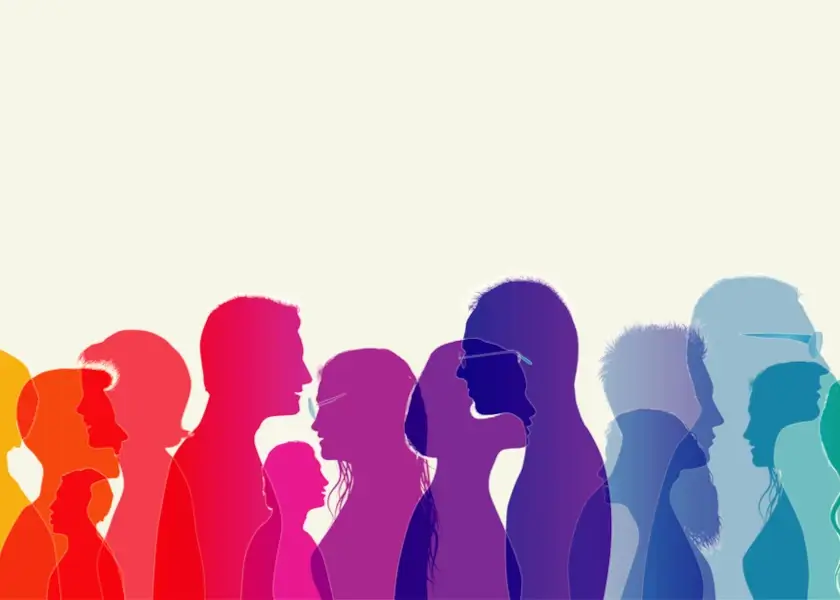Does representation in healthcare campaigns matter?

It’s 2019 and everywhere we look we can see a pursuit for increased representation of minority groups. Whether it’s in movies, on catwalks, or in parliament, things are changing and for the better. Gone are the days of those campaigns filled with the typical, photoshopped, stock images that marketeers relied on so heavily for so long.
But is diversity and representation in healthcare campaigns keeping up with the wider world?
Impact on people living with an eating disorder
One example seen in eating disorders suggests no, which as a mental illness has been misrepresented in the media for many years and resulted in a detrimental effect on thousands of people across the UK.
Last week was Eating Disorders Awareness Week. For 2019, Beat, the UK’s largest eating disorder patient organisation, has been focusing on breaking barriers and highlighting that anyBODY can experience an eating disorder. But why?
Because stereotypes and years of misrepresentation have proven harmful for this patient community.
A Beat-commissioned YouGov poll of adults in the UK found:
- 39% believe eating disorders more commonly affect white people
- Six out of ten believe eating disorders mainly affect young people
- 37% of lesbian, gay and bisexual people say they would not feel confident seeking help about eating disorders compared to 24% of straight people
- Only 52% of people from minority ethnicities would feel confident asking for help about eating disorders compared to 64% of white British people[1]
For people experiencing an eating disorder, it can be difficult to seek treatment if they feel they do not meet the expectations of what a person with an eating disorder ‘should’ look like.
The real-life impact of this is that people are not receiving the care they need from healthcare professionals and support systems, leading to depression, isolation, professional and social life destruction, and in some cases, death.
Impact on people living with cancer
This problem extends wider than just mental illness into many disease areas, including cancer.
In England, a research study into the barriers facing ethnic minorities found that there is a distinct lack of health campaigns designed to meet the needs of ethnically diverse people in England. As a result, those groups are presenting to their doctors at a later stage with their symptoms, when prognosis is poorer.[2]
This is also the case for transgender and gender nonconforming (TGNC) people who are often excluded in relation to sex-specific cancers, as highlighted in a Nature paper. It outlined how gendered and stereotypical messaging around breast and testicular cancer meant that the TGNC population were ultimately not informed of their risk, leading to delayed diagnosis and treatment.[3]
This leads us to ask, for campaigns targeted to improve public health or to engage specific patient communities, can we expect a successful result if we are not inclusive? If our communications and materials are not catering for our wider audience, will we be able to engage with people and educate them to uptake helpful and beneficial behaviours? Or will they be left out and feel disengaged with their health and care?
We know that health is important to everyone, but everyone is different, whether it’s by age, sexuality, ethnicity, gender, status or ability. And one size certainly does not fit all.
Whether it’s in our imagery, videos, language or even the channels we use to share content, we need to be critical as to whether we are doing enough to reach, (and ultimately help) our whole audience.
The benefits of representation in this way are not limited to individuals of minority groups, but also to businesses themselves. Diversity can directly influence your credibility and reputation.
And hey, it’s the right thing to do.
Involving patients in your work with Aurora
At Aurora, we follow a robust approach to involve patients in our work. Our methodology recognises that listening is only the first step. We need to co-create with patients – providing multiple opportunities for them to make their voice heard and share experience if we are to design programmes that are aligned to their needs. By understanding the nuances of our patient audience and treating them as partners, we have built campaigns that have made a real difference to wider patient populations.
If you’d like to hear more about how you can involve patients, and represent them in your work, contact patientinvolvement@auroracomms.com
References
[1] Eating Disorders Awareness Week. Available at: https://www.beateatingdisorders.org.uk/edaw [Accessed February 2019].
[2] Niksic M, et al., Ethnic differences in cancer symptom awareness and barriers to seeking medical help in England, Br J Cancer. 2016; 115(1): 136–144.
[3] Combs R, et al., Considering transgender and gender nonconforming people in health communication campaigns, Nature. 2018; 98.




